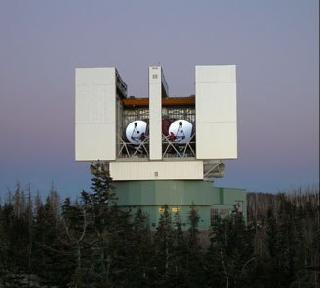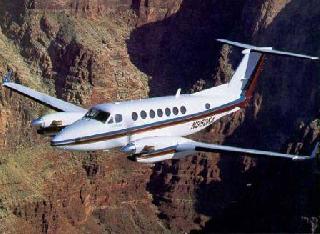
The Large Binocular Telescope at Mt. Graham, Arizona. A NASA JPL photo
WASHINGTON (BNS): Astronomers will now be able to probe nearby solar systems with a new instrument designed to probe the cosmic neighbourhoods where Earth-like planets could exist.
‘The Large Binocular Telescope Interferometer’ has taken its first images of the star Beta Peg in the constellation Pictor.
Eight years in development, the NASA-funded instrument combines beams of light from twin 8.4-meter (28-foot) mirrors mounted atop the Large Binocular Telescope on Mount Graham, Arizona.
Though the Interferometer won't be able to detect Earth-size planets, it will be able to see dust disks that are indicative of planet formation, in addition to detecting large, Jupiter-size planets farther out from the star, NASA said.
These findings will help future, space-based exoplanet missions know where to search for Earth-like planets in the galactic neighbourhood.
"This instrument will help complete our picture of what planetary systems look like and be a pathfinder for finding Earth-like planets that are close by," said principal investigator for the project, Phil Hinz.
The interferometer will undergo testing and commissioning for the majority of 2011, and during that time, scientific observations will begin.
With its ability to probe this "habitable zone" of other solar systems, the Large Binocular Telescope Interferometer will also complement the capabilities of other NASA missions -- the Keck Interferometer, and the Spitzer Space Telescope.
 Previous Article
Previous Article Next Article
Next Article













The Indian Air Force, in its flight trials evaluation report submitted before the Defence Ministry l..
view articleAn insight into the Medium Multi-Role Combat Aircraft competition...
view articleSky enthusiasts can now spot the International Space Station (ISS) commanded by Indian-American astr..
view article